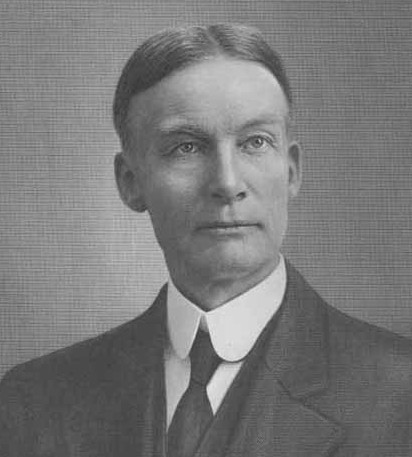A research team led by John D. Clapp from San Diego State University’s School of Social Work attended over 60 college parties to uncover the relative influence of environment and individual characteristics on risky drinking behavior. Armed with breathalyzers, the researchers roamed the parties and talked to as many partygoers as they could. Altogether, they administered a brief questionnaire and took the BrAC (breath alcohol concentration) readings of about 1,300 people, most of who were between 18 and 21 years old. They applied a statistical method called “hierarchical linear modeling” to analyze the associations between personal factors (age, gender, motivation for attending the party, etc.), environment (size, location, type of party, etc.), and drunkenness.
The study tilts toward psychology with its consideration of “individual characteristics,” but it has some intriguing sociological dimensions and implications. The basic scenario boils down to this: Is Joe Student going to the party with the intent to get drunk or, once at the party, is Joe Student enticed to drink more than he would otherwise by the prevalence of hard alcohol, loud music, and other intoxicated people? This is important because if the party-goers are hell-bent on getting wasted regardless of party size, atmosphere, prevalence of hard alcohol, the playing of drinking games, and other environmental factors, then there’s little colleges and universities can do at the party-level to curb problem drinking. On the other hand, if those environmental factors are important – if, for instance, having food available at parties decreases drunkenness – then studies like this can suggest preventative strategies that lower rates of problem drinking and alcoholism. It's an important thing to study.
A critic might ask: “Why does anyone need to study this? The National Institute on Alcohol Abuse and Alcoholism gave this guy 1.5 million dollars to attend college parties? Isn’t it obvious that both environmental factors and personal factors lead to certain drinking behaviors? I mean, come on! The larger, louder, and rowdier parties obviously lead to heavier drinking.”
And bloggers poked fun at some of the study’s more obvious findings: “They successfully infiltrated 66 college parties, surveyed dozens of students and found, shockingly, that 45 percent of partiers were there to have fun. Yes, fun. What’s more, 40 percent were there to get drunk and 21 percent were there to get laid. It just shakes you to the core, doesn’t it?” Sometimes social scientists get a bad rap for “proving the obvious,” but the reason we need to examine and test relationships and associations that seem clear to the naked eye is because our eyes are often wrong. For instance, it might appear obvious to today’s parents that college parties corrupt their sons and daughters, but (scientifically and empirically) this might not be the case.
In this instance, the study dispelled popular wisdom (and previous studies of college partiers that relied on telephone interviews). The presence of hard alcohol, illegal drugs, loud music, rowdy behavior, and the number of parties going on during the night did not correlate with higher BrAC readings among partygoers, and people actually became drunker at smaller parties compared to larger, multi-keg, parties.
The researchers found a strong correlation between theme parties and rates of intoxication among female partygoers. In other words, themed parties entailed more female drunkenness. One explanation, they offer, is that the theme parties often have a sexual premise and, in that sexually-charged environment, women drink more to lower their inhibitions.
Sociology can help address the study’s unanswered questions. Specifically, sociologists can use ethnographic research and in-depth interviewing to assess the roles of gender and sexuality in parties, and theme parties in particular. I think the researchers made some reasonable assumptions, but, again, what might seem obvious is probably much more complex than it looks. Sociological research methods can better answer “why?” of theme-party-drinking; the brief survey used by Clapp et. al. just isn’t going to cut it.
Sociology can also cast light on how the media represent the study. How are the media framing the study? Is there evidence of a burgeoning moral panic about drunken college students? The study, published in the prestigious Alcoholism: Clinical and Experimental Research [link works only for KU folks], is full of scientific restraint, nuance, and cautious claims-making, but the mainstream media isn’t going to lead with “Hot New Use of Hierarchical Linear Modeling!” No way. The ABC News title reads: “College Parties Getting Hotter, Boozier: Researchers Find Women Drinking More, Wearing Less at College Parties,” with an accompanying photo of six women at a “naughty schoolgirl” themed college party at SDSU. Looking at the journal article and the ABC News article side-by-side, one can see a wide gap between social science and the media’s reporting about that science, which is why it’s important to track down the original article before making assumptions about a study’s importance or value.
All I have to add is, regardless of the party’s theme or size, drink responsibly! Alcohol poisoning can kill you, and that would be a lousy way to start the semester.
-- Brian










